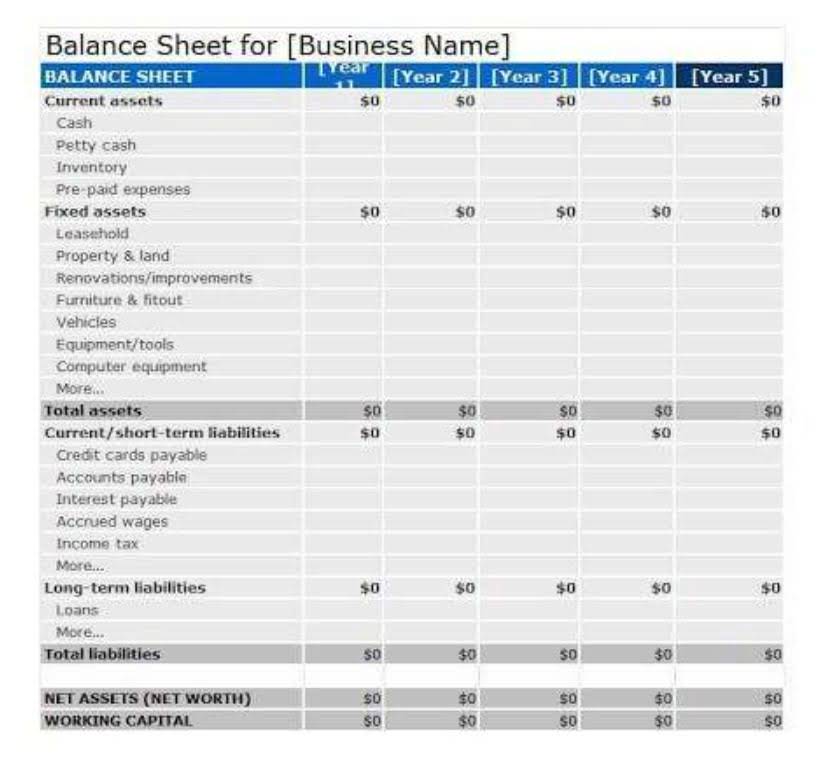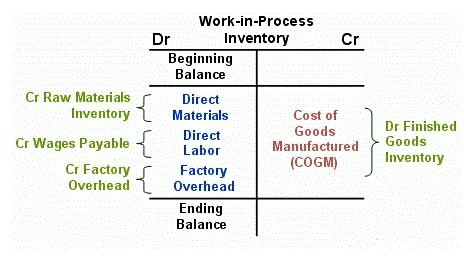
Julia Kagan is a financial/consumer journalist and former senior editor, personal finance, of Investopedia. Depreciation allows businesses to spread out the cost of an asset over its useful life. For tax purposes, depreciation is considered a business expense, and businesses are allowed to deduct it when calculating their taxable income. As a result, it reduces the overall taxable income, thus lowering the amount of tax payable.
- Both corporations and individuals can use tax shields to save money on their taxes.
- Also, to get maximum savings, they will need to do their tax planning early enough .
- So, if you had total deductible expenses of $15,000 and a tax rate of 20%, your tax shield is $3,000.
- In addition, paying for childcare can net you $3,000 for one dependent twelve or younger and $6,000 for two or more dependents.
A depreciation tax shield is a tax-saving benefit applied to income generated by businesses. It is an indirect way to save or ‘shield’ cash flows from taxes through the use of depreciation. For depreciation, an accelerated depreciation method will also allocate more tax shield in earlier periods, and less in later periods. However, it is important to consider the effect of temporary differences between depreciation and capital cost allowance for tax purposes. As the name suggests and discussed earlier, the interest tax shield approach refers to the deduction claimed in the tax burden due to the interest expenses.
Accounting Terms: XYZ
Depreciation is considered a tax shield because depreciation expense reduces the company’s taxable income. When a company purchased a tangible asset, they are able to depreciation the cost of the asset over the useful life. Each year, this results in some amount of depreciation expense for tax purposes. Since adding or removing a tax shield can be significant, many companies consider this when exploring an optimal capital structure.

For example, the child tax credit deducts up to $2,000 per dependent age sixteen or younger. In addition, paying for childcare can net you $3,000 for one dependent twelve or younger and $6,000 for two or more dependents. Currently, the United States has seven federal tax bands, with rates averaging ranging from 10% to 37%. However, when converted, the lost tax shelter would only be worth $400,000 (1 - 20%) of the original $500,000 amount. Other factors, such as the length of ownership of the item and whether it was used to construct capital improvements, may impact the potential for depreciation to be deducted.
Straight-Line vs Accelerated Depreciation – Valuation Impact
The value of these shields depends on the effective tax rate for the corporation or individual (being subject to a higher rate increases the value of the deductions). For example, To use the tax shield approach, an individual acquires a house with a mortgage. However, the interest expense linked with a mortgage is tax-deductible, which offsets against the individual’s taxable income. Get instant access to video lessons taught by experienced investment bankers. Learn financial statement modeling, DCF, M&A, LBO, Comps and Excel shortcuts.
- Get instant access to video lessons taught by experienced investment bankers.
- Tax shields from a business include operating expenses, travel and food for business purposes and acquisition cost for goods.
- Common expenses that are deductible include depreciation, amortization, mortgage payments, and interest expense.
- Hence, we can see from the above example due to the depreciation tax shield the operating inflow is to be better managed.
- Instead, you should add back the original expense multiplied by one minus the tax rate.
- For example, the child tax credit deducts up to $2,000 per dependent age sixteen or younger.
Therefore, the depreciation tax shield formula can be calculated by multiplying the corresponding expense with the tax rate. Taxpayers who have paid more in medical expenses than covered by the standard deduction can choose to itemize in order to gain a larger tax shield. An individual may deduct any amount attributed to medical or dental expenses that exceeds 7.5% of adjusted gross income by filing Schedule A. It is inversely related with the tax payments higher the depreciation tax shield lower will be the depreciation. Depreciation is the non-cash expense hence with the proper planning the net operating cash flows can be increased and better management of funds are to be done. In capital budgeting also it is one of the useful tools to decide whether to purchase the asset or to lease the asset.
Everything You Need To Build Your Accounting Skills
Depending on the taxpayer's total rate and cash flows for the specific year, tax shields differ from nation to nation and have different benefits. Tax shields allow taxpayers to reduce the amount of taxes owed by lowering their taxable income. When filing your taxes, ensure you are taking these deductions so that you can save money when tax season arrives.

In order to calculate the depreciation tax shield, the first step is to find a company’s depreciation expense. Suppose we are looking at a company under two different scenarios, where the only difference is the depreciation expense. The recognition of depreciation causes depreciation tax shield formula a reduction to the pre-tax income (or earnings before taxes, “EBT”) for each period, thereby effectively creating a tax benefit. Under U.S. GAAP, depreciation reduces the book value of a company’s property, plant, and equipment (PP&E) over its estimated useful life.
Key Considerations When Adding Back a Tax Shield
This is also termed as an interest tax shield approach which will be studied in brief later. The tax savings are calculated as the amount of interest multiplied by the tax rate. Because depreciation expense is treated as a non-cash add-back, it is added back to net income on the cash flow statement (CFS). The Depreciation Tax Shield refers to the tax savings caused from recording depreciation expense. So, for instance, if you have $1,000 in mortgage interest and your tax rate is 24%, your tax shield will be $240.
In other words, a prosperous firm will be able to deduct interest expenses from its income tax bill. Depending on the particulars, the deductible amount might reach as much as sixty percent of the taxpayer's adjusted gross income. Cosmetic surgery, health club or gym dues, diet food, and over-the-counter medications are examples of non-eligible medical costs (except insulin).
Depreciation Tax Shield Formula
Also, to get maximum savings, they will need to do their tax planning early enough . This is because the rating of some deductions, such as depreciation happens throughout the year. So, if they do it later in the year, they will not be in a position to achieve maximum saving on their taxable income. Interest that a person pays on debt or a loan carried on the financial statement or balance sheet is tax-deductible.
